Sensory Fasting for Optimal Health
Published: Fri, 15 Oct 2010

Most folks seem to think that fasting means not eating. Well, certainly, that is part of the story. But by no means is it the entire picture, and using the word in that way often misleads people. I would like to explain a bit more about what a fast really entails, and how to make it as effective and efficient as possible. Effective means that you achieve your desired goal(s). Efficient means that you do so in as short a period of time as possible. After all, the aim of any fasting professional should be to guide his or her client through a successful fast that lasts as long as necessary, while being as short as possible.
What Is Fasting?
We have all had times when we didn't eat because we were too busy, or too upset. This is not fasting. Fasting is a state of deep and comprehensive physical, physiological, emotional, and sensory rest.
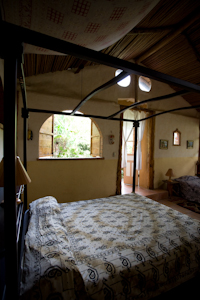
- Physical rest means doing as little as physically possible, conserving physical energy wherever possible.
- Emotional rest means letting go of your fears, worries, doubts, and concerns, and even allowing others to care for you as needed.
- Physiological rest is achieved when we stop eating and allow the digestive system, and all the other involved systems, to stop performing the duties related to transforming food into fuel, nutriment, and waste.
- Sensory rest is perhaps the most overlooked of all the aspects of rest. Rest to our senses does not mean the absence of input. It means that the ambient sensory input is pleasant, comfortable, calming, and promoting of a feeling of security.
Each of these four elements is vital to a successful fast and cannot be compromised without consequence.
Sensory Rest Shoved Under the Rug?

The vital importance of sensory rest to the fasting experience is almost universally underrated, I believe, because so few fasting facilities are set up to offer such rest. Lack of awareness of the importance of sensory rest on the part of fasting supervisors is understandable, as sensory rest is not a condition that they have likely experienced personally very often. Without firsthand knowledge and a wealth of experience in creating an environment that totally supports sensory rest, it is unlikely that the faster will gain the benefits of fasting that come from such rest.
What are those benefits? Well, as stated above, the more fully and deeply you participate in the fasting experience, the more efficient and effective your healing process will be. By supplying optimum conditions, you give your body the best possible opportunity to heal and rejuvenate, in the least amount of time.
The Rest of Your Rest
Most folks equate sensory rest with room temperature. But temperature control is not enough to make a climate comfortable. We have all experienced climates that were too dry, or too humid, to be comfortable.

What if we get the temperature and humidity exactly where we want it, but there are foul odors, or odorless toxic fumes, filling the air (from environmentally unfriendly construction materials or furnishings, scented household cleaning or personal-care products, and many other sources)? What if the smell of cooked food wafts past you regularly? What if endless road noise, a nearby airport, barking dogs, construction, or other irritating sounds disturb your peace? When you look out your window, do you see a vista, filled with natural beauty, or do you see buildings? Is the weather dreary, or sunny? Is it likely that an earthquake, flood, hurricane, tornado or other weather is going to disturb you? Are your surroundings clean, fresh, and pleasant? Are fresh air and generous cross-ventilation available at all times?
These and many other sensory considerations must be constantly monitored if you are truly going to experience the deep rest that is possible during a fast. Neglecting sensory rest results in a fast that is longer than necessary and less than optimally effective.
Taking Sensory Rest All the Way
In addition to describing what sensory rest includes, I find it important to also mention some specific activities and inputs that you may not have considered avoiding during your fast. While it is human nature to avoid pain and hold onto well-worn habits and mental distractions, doing so can compromise your fasting experience. Here are some examples:
- Dramas, thrillers, action adventures, or highly emotional entertainment, regardless of the medium.
- Stimulating sounds, touch, sights, smells, or tastes.
- Highly charged conversations.
- Distressing or non-supportive communications.
- Input of any kind that results in an (unnecessary) rise in heart rate.
- Resisting sleep, for any reason.
Many of us will do just about anything to avoid the uncomfortable feelings that accompany true solitude and cessation of mental activity. Boredom can be the mildest of the sensations likely to overtake us if we truly choose to divert all of our vital energy inward and forgo all of our favorite means of self-anesthesia. Long-denied troubles, yearnings, grief, insecurities, memories, and other personal demons may rear their ugly heads during a fast that includes little or no sensory input.
Yet this level of inward focus could be just what you need to invoke the deepest healing on all levels of your being physical, mental, emotional, and spiritual. After all, when in your life are you likely to give yourself the gift of deep, prolonged self-examination and introspection if not during a fast?
To be explicitly clear, this means that during a fast I strongly recommend taking a break from computers, telephones, text messaging, and the like, and to also give thoughtful attention to the amount of audio, video, and even printed input you ingest. If you wish to take your inner journey even farther, you might consider minimizing your interactions with other fasters, interns, and staff, as well. Lying down in comfort and silence, with your eyes closed, is the ultimate form of sensory rest.
Of course, the choice is yours but I encourage you to seize the opportunity to plumb the depths of your healing process, in order to create the most transformational fasting experience possible.
Are you game?
A Place for Sensory Rest?

So, where do you go for the ideal fast? And what will be the benefit of going to such lengths?
The ideal fasting retreat is one that provides all of your needs, if possible, including redundant provisions for emotional and sensory rest. This means that a sense of calm capability must prevail. Some fasters require lots and lots of private time when fasting. This is easy to provide. But some fasters really need a lot of attention. Adequate staff must be available to meet this need, or the faster becomes prone to worry, discontent, and other forms of unrest.
A rural, tropical atmosphere, preferably at an altitude that offers a large open vista, is ideal. In his landmark book, The Biophilia Hypothesis, Dr. E.O. Wilson clearly demonstrated the effect of visual and other sensory cues on blood pressure and a variety of other physiological parameters. He showed the positive, restful effects of trees versus buildings; an open vista compared to any closed-in view; natural as opposed to human sounds and smells; the sights and sounds of water and wildlife, including friendly mammals, butterflies, and especially birds, versus their absence; and a host of other such conditions. In every case, the former showed a marked relative advantage over the latter, in terms of human well-being.
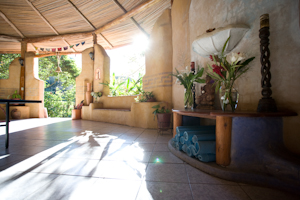
If you wish to get the most out of your fast, choose your facility with care. If this article has done its job, you now have a new appreciation for the importance of sensory rest. In fact, I would suggest placing it prominently on your list of selection criteria. A fasting retreat that emphasizes all four aspects of rest will go a long way toward providing you with the best opportunity for a truly remarkable and successful fast.
All of the photos on this page were taken at a Costa Rica Fasting trip, and use the same facilities that Dr. Graham retreats to, Rio Chirripo Retreat Center.
Articles:
- Fast, Faster, and Fastest Results by Dr. Graham
- Medical and Nonmedical Models of Health by Dr. Graham
- The 32 Elements of Health: How Round is Your Wheel? by Luke Sartor
- Which Banana Island Would You Like To Visit? by Dr. Graham
Self-Study Materials:
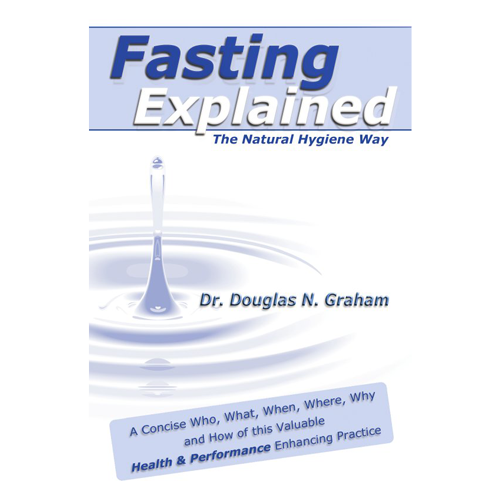
|
(DVD Video) 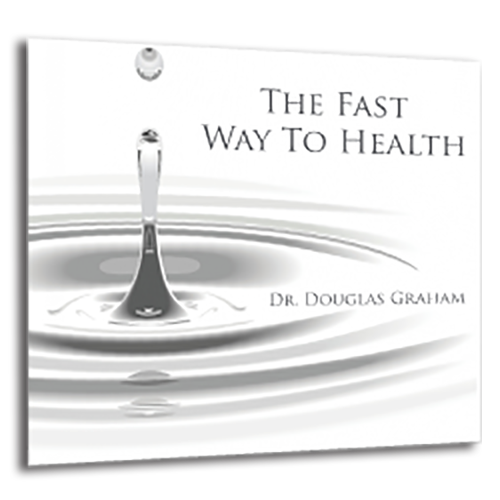
|
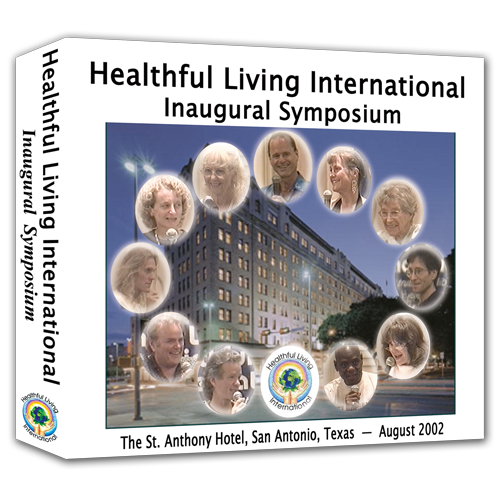
|
